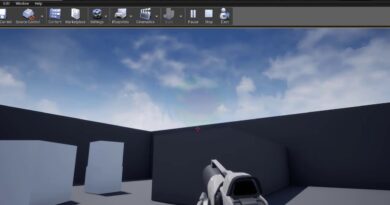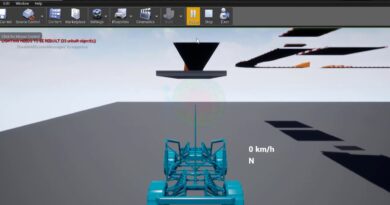Video Editing and Texturing: How to Create your own Professional Video with VFX Effects
Video Editing and Texturing: How to Create your own Professional Video with VFX Effects.
Contents [hide]
- 1 How to Create Your Own Professional Video with VFX Effects
- 2 Step 1: Plan Your Video & Script
- 3 Step 2: Shoot High-Quality Footage
- 4 Step 3: Choose the Right Editing & VFX Software
- 5 Step 4: Video Editing Process
- 6 Step 5: Add VFX & Texturing
- 7 Step 6: Sound Design & Background Music
- 8 Step 7: Export & Share
- 9 Pro Tips for High-Quality VFX Videos
How to Create Your Own Professional Video with VFX Effects
Creating professional videos with VFX (Visual Effects) involves a combination of video editing, texturing, motion graphics, and special effects. Whether you’re making a short film, YouTube content, advertisements, or cinematic sequences, following the right workflow is key.
Step 1: Plan Your Video & Script
Concept Development – Define the purpose of the video.
Storyboarding – Sketch key scenes for visualization.
Shot Planning – Decide camera angles & transitions.
Step 2: Shoot High-Quality Footage
Use a DSLR, mirrorless, or 4K camera for sharp visuals.
Record on a green screen if VFX compositing is needed.
Ensure proper lighting to avoid unwanted shadows.
Use a tripod/gimbal for stable shots.
Step 3: Choose the Right Editing & VFX Software
Video Editing Software:
- Adobe Premiere Pro (Industry standard for editing)
- DaVinci Resolve (Best for color grading)
- Final Cut Pro (Mac users)
VFX & Motion Graphics Software:
- Adobe After Effects (For special effects, animations)
- Blender (For 3D modeling & texturing)
- HitFilm Pro (For compositing & VFX)
- Cinema 4D (For advanced 3D motion graphics)
Step 4: Video Editing Process
Import Clips – Arrange them on the timeline.
Trim & Cut Unwanted Parts – Keep only essential footage.
Adjust Speed – Use slow-motion or fast-motion where needed.
Apply Color Correction & Grading – Use LUTs or manual adjustments for a cinematic look.
Use Transitions & Effects – Smooth cuts with fade-ins, fade-outs, and motion transitions.
Step 5: Add VFX & Texturing
Green Screen (Chroma Keying) – Replace backgrounds using Adobe After Effects or HitFilm Pro.
Particle Effects – Add smoke, fire, rain, or explosions.
3D Text & Animation – Use Blender or Cinema 4D for dynamic text effects.
Tracking & Compositing – Place objects in motion using motion tracking.
Realistic Shadows & Lighting – Adjust lighting effects to blend VFX seamlessly.
Step 6: Sound Design & Background Music
Add royalty-free background music to set the mood.
Use sound effects (SFX) for realism (e.g., footsteps, wind, explosions).
Balance dialogue, music, and effects for clarity.
Export in MP4 (H.264) for high-quality & small file size.
Use 4K or 1080p resolution for professional output.
Upload to YouTube, Instagram, or Film Festivals with proper metadata & thumbnails.
Pro Tips for High-Quality VFX Videos
Use high-resolution textures for realistic graphics.
Study professional VFX breakdowns (Marvel, Hollywood movies).
Experiment with light and shadows for depth in visuals.
Master rotoscoping & masking for seamless compositions.
Always work on a high-performance PC with a good GPU for smooth rendering.
Would you like specific tutorials, free VFX resources, or project files to get started? Let me know!


